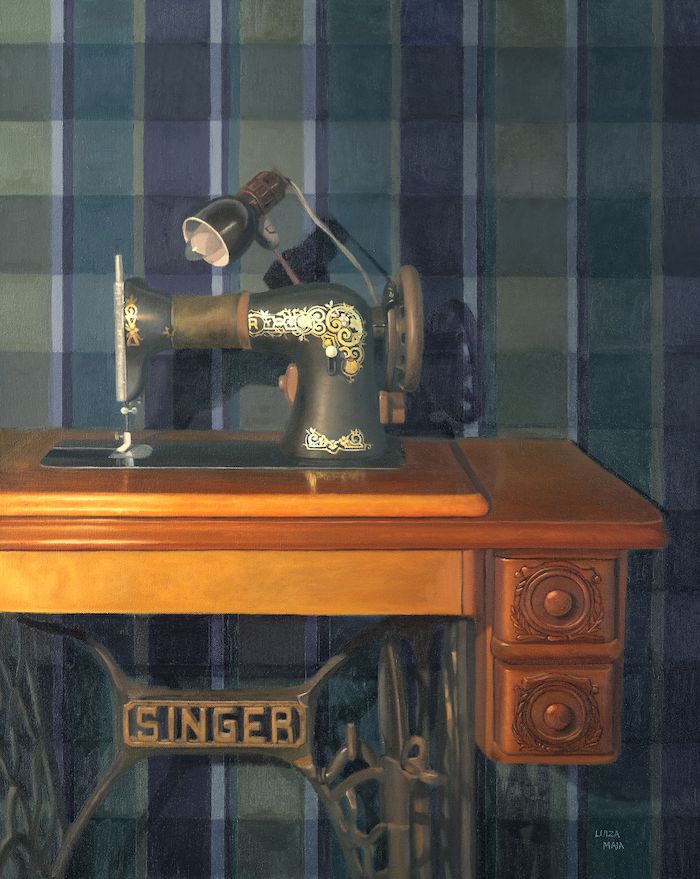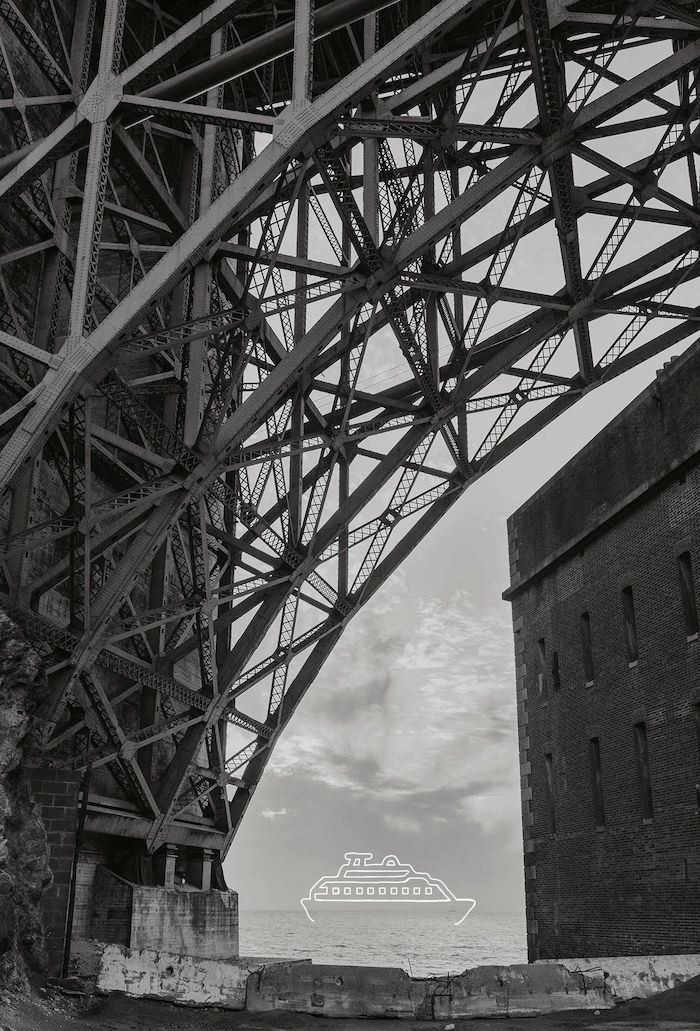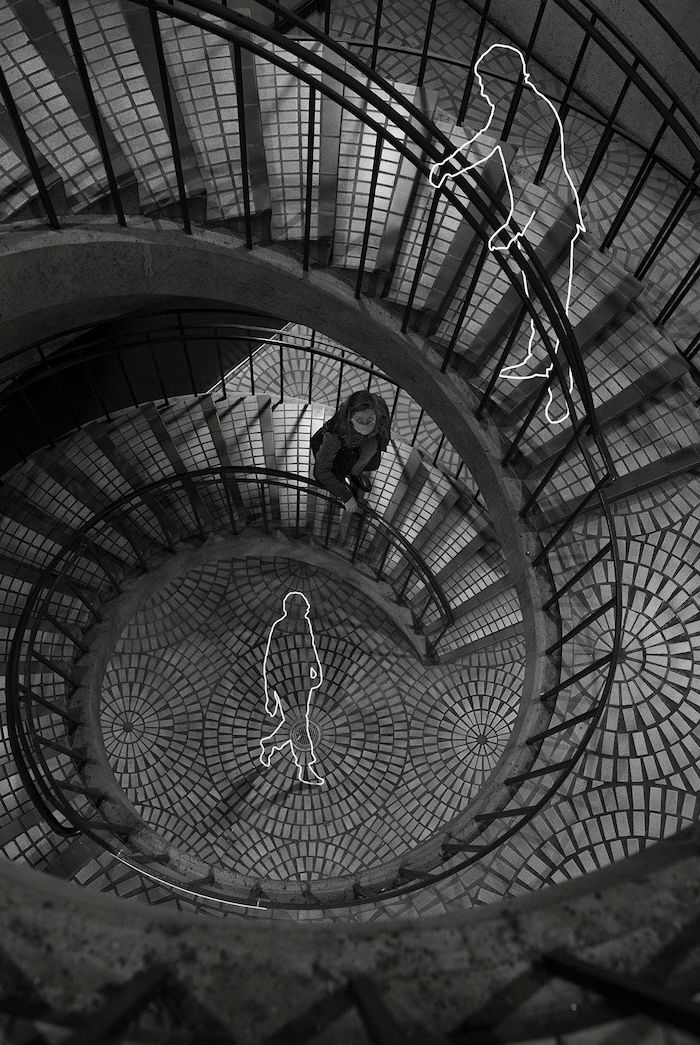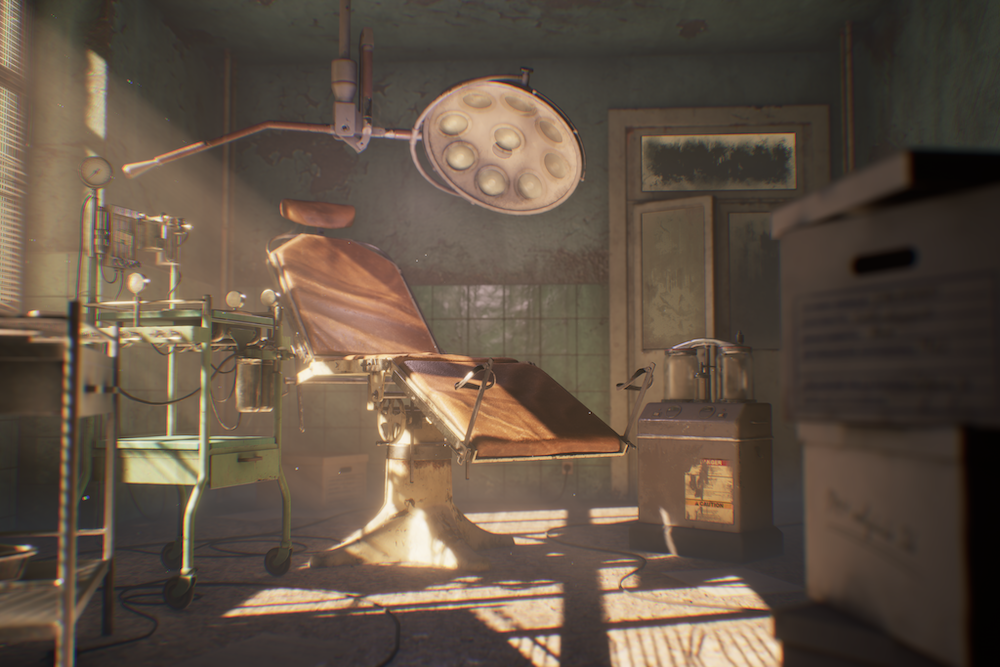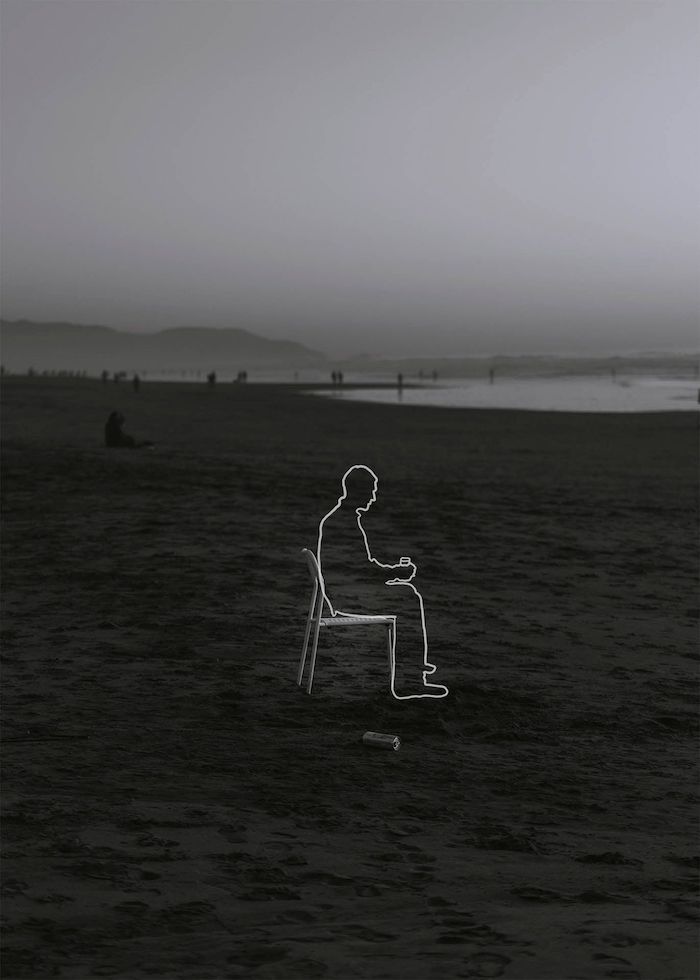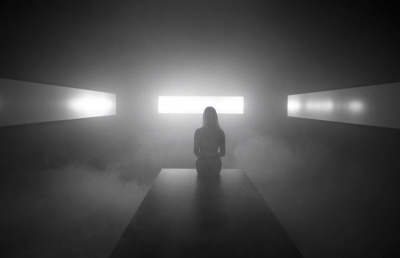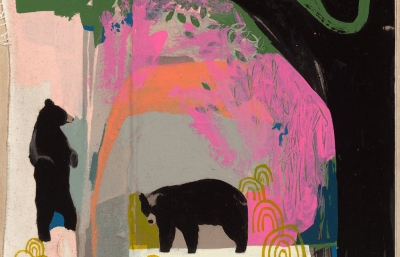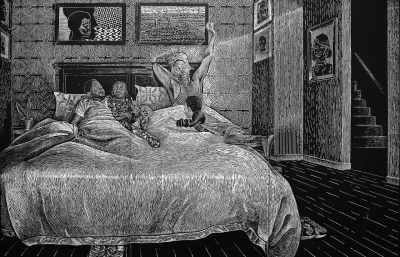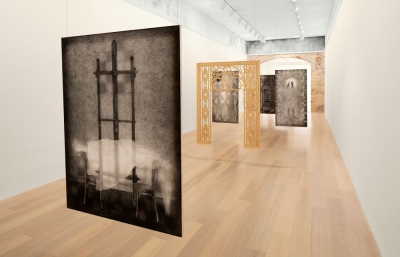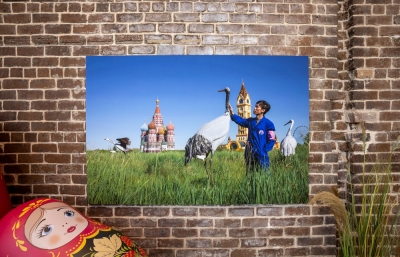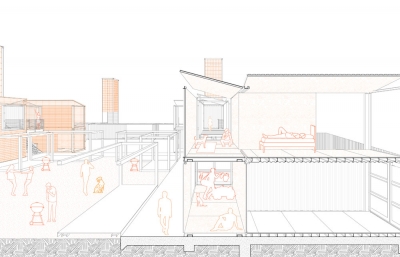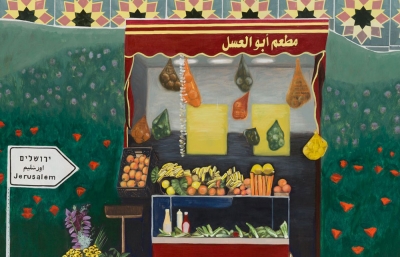“Don’t wait for someone to bring you flowers. Plant your own garden and decorate your own soul.” —Luther Burbank
Though I’m unsure who the 20th century botanist had in mind with those words, they imply that, at least spiritually, there’s no such entity as a starving artist. Every year the Academy of Art University presents their Spring Show, a presentation of student work demonstrating how the San Francisco art school provides fertile soil for dedicated, creative souls. It is particularly poignant and thrilling this year after months of cloaks and shutters, and in the students’ case, after months of preparation and devotion. The Spring Show not only represents work from among Academy of Art University's 22 different schools (which offer 72 areas of study), it provides a world-wide network of industry professionals, recruiters, and collectors because, yes, decorated, artistic souls do get hungry too. 2021 demands a virtual stage, so the good news is that it’s yours to enjoy at home, as well as an opportunity to learn more about the program and meet a few of the artists who planted this Spring garden.

(The Red Kite by Caroline Baca-Vecchio)
Words like lockdown, isolation and quarantine vanish just looking at The Red Kite from Caroline Baca-Vecchio’s Master’s thesis. Rosy cheeks, fluttering kite tails and windswept tresses vibrate from the canvas, and it’s no wonder that her series is titled Wonder, which she describes as “a visual homage to the connections we make as children as we discover our world … examining the fleeting moments of wonder as experienced through the eyes of a child.” Although the piece was inspired by her daughter’s first attempt at kite-flying, she credits her late father’s fascination with marvels of nature. So after ten years of teaching art, Baca-Vecchio channeled that enchantment by enrolling in the MFA program in Fine Arts and Painting, where, crediting her professors, she “honed skills that were previously beyond my training.” Grateful for immense guidance and support offered throughout the program, the Showcase has provided the opportunity to show with her peers amidst “a lot of fun”, while reaching a much wider audience. Current plans involve moving to Germany with her husband and daughter. “I find joy and escape through my artistic process”, and I believe her.

(Singer Sewing Machine and Left Hanging by Luiza Maia)
The verve of such effervescence shifts to an equally emotional statement by Luiza Maia, whose oil on canvas series called Nostalgia is suffused with the quiet beauty of remembrance. Maia worked in fashion and costume design in her native Brazil but after taking her first oil painting class, she embarked on a new journey, did the necessary research and packed her bags for the MFA curriculum at the Academy of Art University— “exactly what I was looking for.” The foundation courses provided an all encompassing opportunity to sample genres, including still life. “I used to borrow objects from the school’s props closet, and one day, I chose to paint the old typewriter. That’s when it hit me that I wanted to paint antiques for my final thesis.” Admittedly a slow painter who didn’t grow up around artists, Maia is grateful for the community support at the university and the chance to practice so many techniques. The Spring Show gave Luisa the chance to show her work to so many people, as well as gallerists who reviewed her portfolio. “In this body of work, I have antique objects as subject matter and I create background patterns and color schemes that translate the mood of the time period related to the object itself.” A muted plaid resonates with the sewing machine from 1915, “my great Grandma’s, who I love and miss very much,” and Left Hanging dangles with polka dots and pastels from the 50s.

(Abandoned Hospital and Oscilloscope by Jin Park)
Jin Park went to art college in Seoul intending to become a video editor, but when she learned more about different fields of digital arts “I immediately fell in love with computer graphics and started my career as a motion graphics artist in advertising.” BUT when she got the chance to work as a 3D artist on a VR project, “It was really shocking for me that my art could make people laugh and feel happy.” One of her professors recommended The Academy and she moved to the States two years ago, her first time away from her home country and her first time speaking English. Once here, “I had a hard time presenting my work and sharing opinions in my second language. However, going through the programm at school, I’ve come to enjoy the time of sharing thoughts about art. It has made me broaden my perspectives. Ths school has made me fearless of new challenges.” Abandoned Hospital and Oscilloscope stand out among the more expected images in gae development. As an environment artist who must manipulate complicated props and manage textures, Park creates an atmosphere that is mysteriously ominous and melancholic, a foreboding Quiet Place of her own. “After they announced the winners of the show, I got messages and connection requests from students in the department. I was really glad that I got to connect with many students who could be my future co-workers."

(What Was Lost to 2020 by Alana Colville)
Alana Colville loved Art History and Studio Art in high school, always thinking, “one day”—and then came pre-med! “In college I don’t think I touched my camera for 4+ years.” After attending a post-baccalaureate program at UC Berkeley and an internship at a neuroscience research lab at UCSF, “the plan” wasn’t panning, so to speak. “I had no passion for the field and last summer finally decided to switch my career path. I knew I would be more successful in a dedicated program, and thus it was a natural progression to choose The Academy, a school that focused on vocational training and integrating students into the workforce.” Like the other students we’ve met, Alana cites the collaborative community of teachers and classmates—and the challenge of “trying to be creative on a deadline”! What Was Lost in 2020 came about when Colville set out to compose a street photography series—what turned out to be a city full of empty streets. Abandoned rooftops and empty stadiums became her subjects, the ghosts of past lives and portents of what may lie ahead. A teacher urged her to enter the series in the Spring Show, where “seeing the best work from my fellow students all on display was incredibly inspiring and motivating and also a great opportunity to connect with industry professionals who see your work.” —Gwynned Vitello
We wish we could profile all the students and their unique paths to the Spring Spring Show. What unifies all of them is such shared appreciation for the opportunity to open doors, collaborate and support each other. Enjoy a few more new artists and take time to view more portfolios on springshow.academy of art.edu


